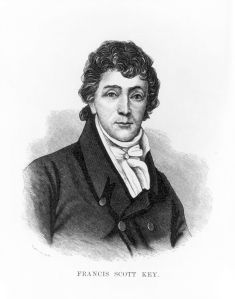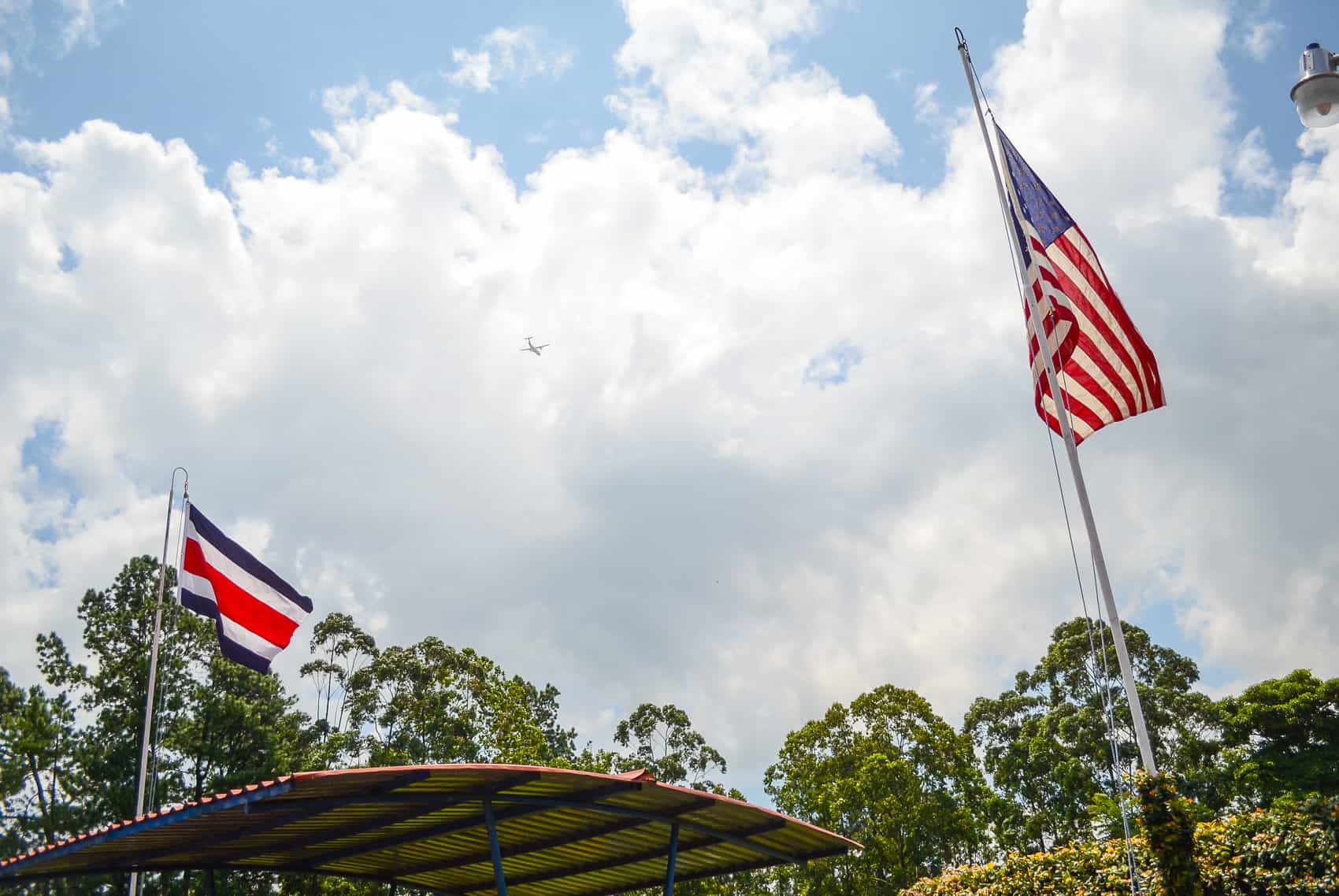Here’s how the story goes: In 1852, President Juan Rafael Mora Porras was about to receive delegates from Great Britain and the United States. Costa Rica was newly independent, and Mora didn’t want to welcome guests without a decent national anthem. He turned to Manuel María Gutiérrez Flores, a military officer who just happened to compose music. But Mora couldn’t wait around for a magnum opus, so he locked Gutiérrez in a prison cell, instructing him to produce an anthem in 24 hours.
The result was “Noble Patria, Tu Hermosa Bandera,” (“Noble Homeland, Your Beautiful Flag”), a song now played and sung before almost every civic event. The “Himno Nacional” is among the most successful rush-jobs in history: The music is martial and triumphant, and the listener immediately swells with pride. In 1900, the politician and poet José María Zeledón Brenes added lyrics, which speak of a “noble homeland,” “your sons, simple farmhands,” “unsullied blue of your skies,” and “mother of life!” Only in the fourth stanza is there any reference to war, and it’s fairly tame: “When anyone should attempt to besmirch your glory/You will see your people, valiant and virile/The rustic tool into a weapon transform.”
In other words: We’re pretty easygoing people, but don’t mess with us, because we’ve got machetes. Pura vida!
The differences between the “Himno” and “The Star-Spangled Banner” are obvious, starting with their contexts. The American Revolution lasted eight years and cost tens of thousands of lives. A few decades later, there was a sequel: The War of 1812 lasted nearly three additional years and killed more than 20,000 people. The British forces went so far as to burn down Washington, D.C., and battles were fought all along the eastern seaboard. When Maryland attorney Francis Scott Key found himself captive aboard the HMS Surprise, he witnessed the Battle of Baltimore, with its tall ships, exploding rockets, and 15-star flag rising over Fort McHenry.

It’s no surprise that “The Star-Spangled Banner” is a story of combat, since the 13 colonies had to fight bitterly to become the United States of America, which then shed more blood just to assert itself. It took a while for Key’s poem to become an anthem: His brother-in-law John Stafford Smith put the verses to music (by plagiarizing a British melody, ironically enough), and although the tune was popular among drinking buddies and brass bands, “Banner” didn’t become an official anthem until 1931.
Costa Rica has a different story, starting with the quandary of its independence. It’s hard to say exactly when Costa Rica became “free.” Without firing a shot, Spain relinquished the country on September 15, 1821, and Costa Rica gradually became an “autonomous subject” of the United Provinces of Central America. But Ticos were never really committed to that loose confederation, and when Spain recognized its independence in 1850, Costa Rica stayed peaceful for nearly 100 years. Even the fight against the U.S. Filibusteros was a short-lived affair, and fighting took place primarily in Nicaragua.
So yes, it’s easy to see the two anthems as different and distinct. But what about the commonalities? Unlike “God Save the Queen,” the “Bandera” and “Banner” anthems do not praise monarchy. Instead, they celebrate scrappy pioneers in the New World, determined patriots proud of their young nations. After “the twilight’s last gleaming,” Gringos marvel that their “flag was still there,” while Ticos are grateful that “in the tenacious struggle of fruitful toil,” their flag “brings a glow to men’s faces.” In each set of lyrics, a post-colonial people shows love and appreciation for its respective promised land. (Compare “rockets’ red glare” to Italy’s refrain, “We are ready to die!” Or see Hungary’s anthem, with its weeping orphans and torrents of blood). Indeed, neither the U.S. nor Costa Rica calls out a specific enemy by name, whereas many anthems do.
Originally published on July 3, 2014.








